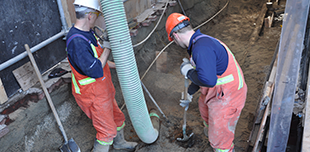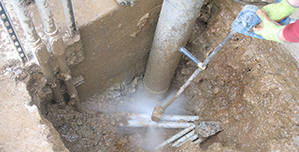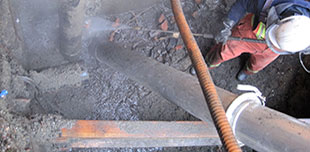Catch basins and sump pits are two of the most often used words in relation to property management. Although completely unrelated—one is found on the road, while the other is located at home—those two parts of a sewage system prevents water from accumulating in places where it shouldn’t be.
While there is no denying that water is important, there are times when excess water gets into places where possessions could be easily destroyed. Therefore, it is important to have a drainage system that will direct water to a different location. This is where catch basins and sump pits come in—but first, a definition.
A catch basin is a type of drainage found on roads. When it rains, water accumulates on the lower part of the path, creating puddles that are not only unsightly but also inconvenient to walk on. A catch basin filters large debris and removes water from roadways and directs it to oceans, lakes and other bodies of water.
A sump pit, on the other hand, is located in the basement of homes. It holds the water that has collected inside the house and contains it in the basement. Like the catch basin, the sump pit has a grate over it, which acts as a riddle to prevent debris from entering the pit.
Both the catch basin and the pump pit are frequently used every year. Because of that, they tend to catch debris that is not filtered by the grills. Therefore, regular cleaning of the basin and the pit is required.
Catch basin and sump pit cleaning involves hosing off sludge and dirt and scraping off remaining deposits from the containers. Accessing drainage is tricky work, so the cleaning should be left to professionals.
Cleaning the receptacles is one way of preventing drainage clogging. When the systems are plugged, water cannot flow through freely, which could cause flooding and overflowing.
Call Edenflo to book your catch basin or sump pit cleaning needs.








